Wholesale Liquid Sugar Syrup – Wholesale Natural Liquid Glucose Syrup
Sweet Solution for Food Production
Liquid glucose syrup is a versatile, economical sweetener and humectant ingredient utilized across the food industry. Derived from starch, this clear liquid sweetener provides an array of functional properties beyond just sweetness.
When used in manufacturing, liquid glucose can enhance moisture retention, texture, viscosity, freezing point, shelf life, and prevent sugar crystallization. This detailed guide explores how natural liquid glucose is produced, common grades and specifications, advantages over granulated sugar, diverse applications in food production, purchasing considerations, and usage best practices. Wholesale Liquid Sugar
Production Process for wholesale Natural Liquid Glucose Syrup
Liquid glucose syrup starts with extracting starch from edible grains like corn, wheat, tapioca, or potatoes. The starch is then broken down into glucose molecules through enzymatic hydrolysis. Wholesale Liquid Sugar
This involves using natural enzymes like amylase, glucoamylase, or pullulanase which cleave the starch chains into glucose. Additional steps like filtering, concentrating, and refining produce final liquid glucose syrups with varying properties depending on target applications.
Advantages of Using wholesale Natural Liquid Glucose Syrup Over Granulated Sugar
Liquid glucose syrup offers several functional advantages compared to regular granulated cane sugar:
- Humectant Properties – Glucose syrup has strong moisture retention ability to prevent staling or drying in baked goods, icings, soft chews, etc. This moisture management capacity surpasses granulated sugar.
- Inhibition of Sugar Crystallization – The glucose interferes with sucrose crystal formation. This helps produce smooth, stable syrups, fondants, jellies, frozen treats, and more without grittiness.
- Texture Enhancement – The liquid format smoothly blends into fillings, sauces, beverages, confections, dairy for viscosity and body. Granulated sugar can leave a detectable crunch.
- Lower Sweetness Intensity – Glucose only has about 30-50% of the sweetness of sucrose. This allows formulating reduced sugar products with milder sweetness. Wholesale Liquid Sugar
- Shelf Life Extension – By binding moisture, liquid glucose maintains softness and flexibility in products over time, preventing staling.
- Freezing Point Depression – In frozen foods, glucose lowers the freezing point to give a smoother, creamier texture with reduced iciness.
- Fat Bloom Prevention – In chocolates, glucose helps prevent discoloration and fat separation for improved shelf life.
Clearly liquid glucose provides unique synergies beyond just sweetening across an array of applications. Wholesale Liquid Sugar
Grades and Specifications

Liquid glucose syrups are characterized by their DE value, indicating the degree of starch conversion into glucose molecules:
- Glucose Syrup 42 DE – Commonly used humectant with mild sweetness.
- Glucose Syrup 63 DE – Optimized viscosity and sweetness for many foods.
- Glucose Syrup 96 DE – Very sweet product for confections and jams.
Higher DE numbers reflect increased glucose content and sweetness. Other specifications include:
- Moisture content – 15-23% typical
- pH – 3.0-6.5, acidity varies by application.
- Color – Clear to pale yellow, or dark for caramelized grades.
- Clarity – Clear or translucent liquid.
- Viscosity – Thicker syrups used to adjust mouthfeel.
- Microbial limits – Negative for pathogens; total plate count <500 CFU/g.
- Shelf life – Up to 2 years under proper storage conditions. Wholesale Liquid Sugar
Specifications Of Our Glucose Syrup,Liquid Glucose
Items Standards
Description Colorless viscous liquid without any impurity by naked eyes.
DE Value 40-44
Dry solids % 84 Min
Solubility % 98 Min
PH Value 4.5-6.5
Ash % 0.4 Max
SO2 PPM 40 Max
Pb PPM 0.5 Max
As PPM 1.0 Max
Bacteria Population cfu/g 100 Max
Coloform Group cfu/100g 30 Max
Pathogen No detected

Our wholesale Natural Liquid Glucose Syrup Series
Sweeteners Food Grade/78 Liquid Glucose
Sweeteners Food Grade/80 Liquid Glucose
Sweeteners Food Grade/81 Liquid Glucose
Sweeteners Food Grade/82 Liquid Glucose
Sweeteners Food Grade/83 Liquid Glucose
Sweeteners Food Grade/84 Liquid Glucose.
Liquid glucose is utilized in a wide variety of food manufacturing applications:
- Baking Products – Used for moisture retention and as an economical sweetener in cakes, cookies, muffins, breads, and doughs. Prolongs freshness and inhibits staling.
- Confectionery Products – Prevents crystallization of sucrose, adds viscosity and body to candies, caramels, and creams. Also used as a lower-sweetness bulking agent.
- Beverages – Adds mild sweetness, body, and mouthfeel. Especially useful in diet or low-sugar drinks. Also used in alcoholic beverages. Wholesale Liquid Sugar
- Sauces and Dressings – Improves consistency, cling to food surfaces, and provides sheen and gloss. Enhances texture and delays microbial spoilage.
- Frozen Foods and Ice Cream – Depresses freezing point for a smooth, creamy texture. Minimizes ice crystal formation for stability during storage.
- Fruit Preparations – Humectant properties retain moisture in jams, fruit fillings, and canned fruits. Inhibits weeping. Wholesale Liquid Sugar
- Chocolate and Compound Coatings – Prevents fat and sugar bloom for extended shelf life. Provides desired gloss and texture.
Usage Levels and Applications
Typical liquid glucose usage levels range from 2-20%, but depend on the product type and application:
- Cakes/Muffins – 5-10% replaces sugar and provides moisture.
- Cookies – 2-5% for chewiness and reduced breakage.
- Bread – 2-5% for moisture retention and yeast food.
- Sauces – 5-10% for consistency and cling.
- Fruit Fillings – 10-20% prevents water separation.
- Beverages – 2-5% as flavor enhancer and mild sweetener.
- Frozen Foods – 5-15% to manage ice crystal formation.
- Caramel – 20-40% to control sweetness and prevent crystallization.
Purchasing Considerations for Liquid Glucose from us.
Key aspects to evaluate when buying liquid glucose include:
- Intended use and required DE grade to achieve desired properties.
- Certified non-GMO and allergen-free status. Many buyers mandate this.
- Producer’s quality control rigor and food safety programs. Ask for internal processes.
- Technical support offered to help integrate syrup into product formulations.
- Packaging formats available – bulk, tanks, drums, pails etc. Flexibility is key.
- Pricing incentives for high volume purchases and long term contracts.
- Documentation like specifications sheet, safety data sheets, and CoAs.
As consumers demand more natural, less processed foods, liquid glucose syrup allows reducing added sugars while still delivering required functionalities like moisture management. With proper supplier selection and integration, liquid glucose can be a sweet solution for more nutritious, appealing products. Wholesale Liquid Sugar
Conclusion
Natural liquid glucose syrup is a workhorse ingredient for the food industry, providing cost-effective and functional alternatives to granulated sucrose. Wholesale Liquid Sugar
The many grades and specifications allow manufacturers to find the ideal fit for their specific product and process needs. By partnering with experienced, reliable glucose syrup suppliers, food producers can take full advantage of this versatile natural sweetener and humectant across a myriad of applications. The result is quality, stable products with improved texture, shelf life, and consumer appeal. Wholesale Liquid Sugar
FAQs about wholesale natural liquid glucose syrup:
What is liquid glucose syrup made from?
Liquid glucose syrup is derived from the starch of edible grains like corn, wheat, tapioca or potatoes through enzymatic hydrolysis. The starch is broken down into glucose molecules using natural enzymes. Wholesale Liquid Sugar
What are the different grades of liquid glucose?
Common grades are classified by DE (dextrose equivalent) values indicating the extent of starch conversion. Some grades are 42 DE, 63 DE, 90 DE, and 96 DE syrups. Higher DE means more glucose sweetness. Wholesale Liquid Sugar
How is liquid glucose different than high fructose corn syrup?
Liquid glucose only contains glucose molecules while HFCS has a mix of 55-90% fructose and remaining glucose. HFCS is higher in sweetness and more similar to table sugar. Wholesale Liquid Sugar
What products can liquid glucose be used in?
Liquid glucose is widely used across products like baked goods, ice cream, sauces, dressings, beverages, confections, canned fruits, yogurt, etc. It provides moisture, texture, viscosity, and stability. Wholesale Liquid Sugar
Is liquid glucose considered an artificial sweetener?
No, liquid glucose is derived from natural starch and enzymes so it is fully natural. Many consumers perceive it as more acceptable than artificial sweeteners. Wholesale Liquid Sugar
Does liquid glucose have less calories than sugar?
No, liquid glucose syrup has a similar caloric value to sucrose at approximately 4 calories per gram. It can produce lower-calorie products by replacing a portion of the sucrose.
What are typical usage levels of liquid glucose syrup?
Usage levels range from 2-20% depending on the product. Some examples: cakes 5-10%, cookies 2-5%, sauces 5-10%, frozen foods 5-15%, beverages 2-5%. Wholesale Liquid Sugar
Does liquid glucose improve moisture retention?
Yes, liquid glucose has excellent humectant properties to retain moisture in products like baked goods. This extends shelf life and softness.
Our key shipping documents related to inspection typically required for an international sugar shipment:
- Inspection Certificate – Issued by an accredited inspector like SGS or Intertek certifying the quality, quantity, and weight of the sugar matches contractual specifications.
- Weight Certificate – Official document stating the total net and gross weight of the cargo as measured at the load port. Used for freight costing.
- Packing List – List of all contents in the shipment with details like package count, type and markings. Ensures accuracy.
- Certificate of Origin – Declares where the product was manufactured and confirms country of origin. Required for customs.
- Phytosanitary Certificate – For food products, verifies the shipment is free of harmful pests and plant diseases.
- Fumigation Certificate – Confirms the cargo has been fumigated if required.
- Food Safety Certificates – Documents like HACCP, GMP, ISO 22000 providing food safety assurance.
- Laboratory Analysis Report – Independent lab test results verifying contractual quality parameters.
- Bill of Lading – Legal document between shipper and carrier listing goods being transported. Serves as title.
- Commercial Invoice – Detailed list of goods sent and associated costs. Used for customs valuation.
Reviewing all required documentation for accuracy and completeness ensures the sugar cargo meets quality standards and avoids customs clearance delays. Let me know if you need any clarification on these common inspection documents. Wholesale Liquid Sugar
* Available upon request filled in PP bags, with appropriate markings for different grades of refined sugar.
Specifications Of Our wholesale Glucose Syrup,
Liquid Glucose Standards
Description Colorless viscous liquid without any impurity by naked eyes.
DE Value: 40-44
Dry solids: % 84 Min
Solubility: % 98 Min
PH Value: 4.5-6.5
Ash %: 0.4 Max
SO2 PPM: 40 Max
Pb PPM: 0.5 Max
As PPM: 1.0 Max
Bacteria Population: cfu/g 100 Max
Coloform Group: cfu/100g 30 Max
Pathogen: No detected
Goods Conform to the standards of FOOD GRADE
Packaging: 300 KG/DRUM
Shelf life: 2 YEARS
Storage:Keep in a dry, cool, and shady location with original packing, away from moisture, and at room temperature. Wholesale Liquid Sugar

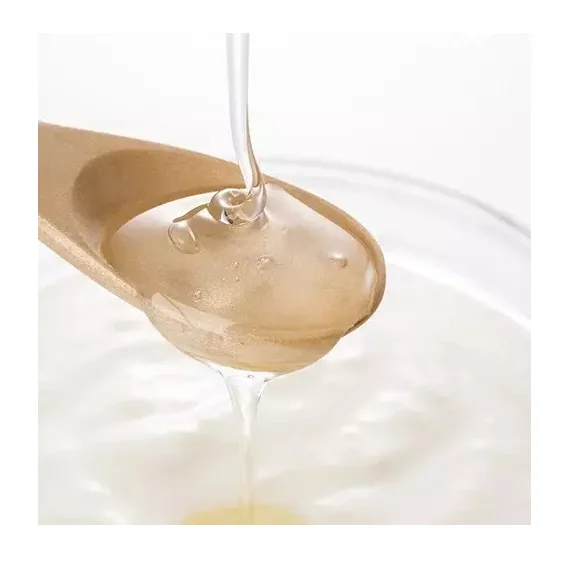
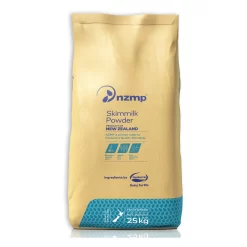
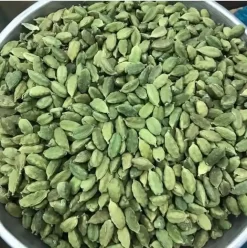
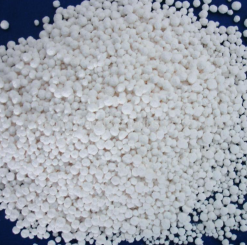
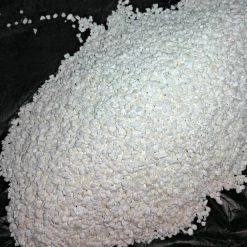
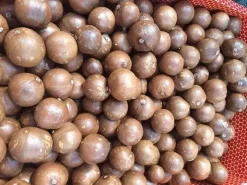
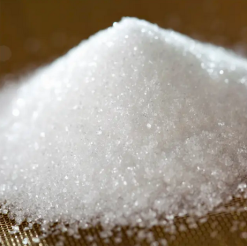
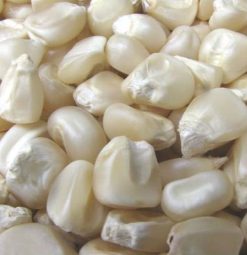
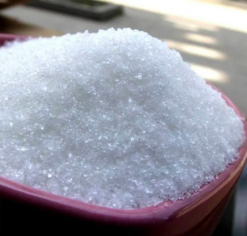
Reviews
There are no reviews yet.